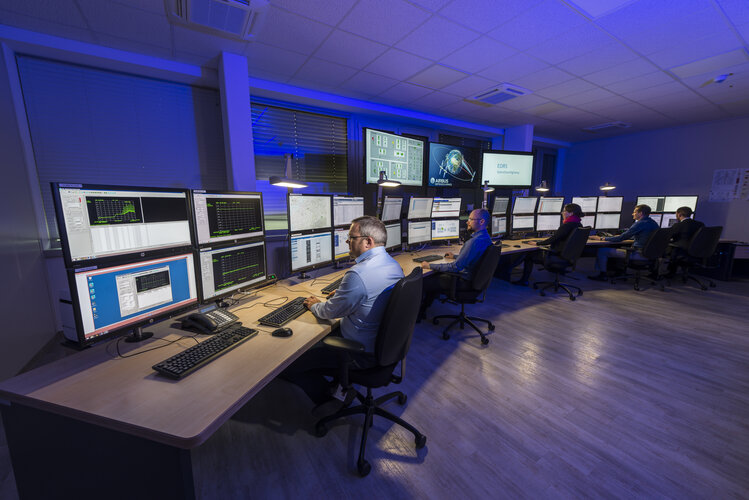
EDRS recently completed 1 000 000 minutes of communications not only with the four Sentinel satellites that watch over Earth and form part of the EU’s Copernicus programme, but also with the International Space Station, which first started to use EDRS in January 2022.
EDRS is a Partnership Project between ESA and operator Airbus as part of ESA’s efforts to federate industry around large-scale programmes, stimulating technology developments to achieve economic benefits.
The two EDRS satellites were built by Airbus and by OHB System in Germany, under ESA’s programme of Advanced Research in Telecommunications Systems, with Airbus co-investing in the development.
EDRS is an independent European telecommunication satellite system, promoting European autonomy in space.
ESA is working to develop a large-scale robust space-enabled system to enable European governments to respond rapidly to crises on Earth caused by climate change or malicious actions such as cyberattacks on power or water supplies. Called “Rapid and Resilient Crisis Response”, it is part of ESA’s efforts to accelerate the use of space to improve life on Earth.



